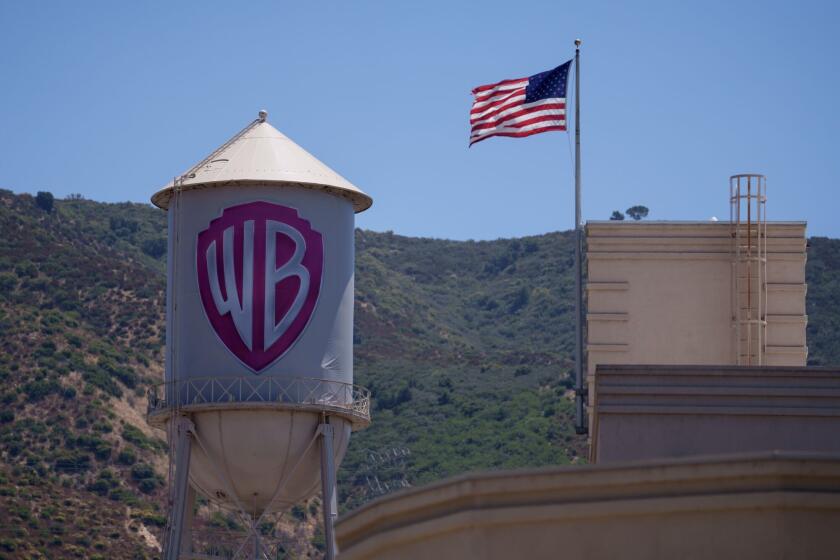Drugs Need Good Monikers
- Share via
What’s in a name? For drug companies, the right name translates into billions. The wrong name can spell disaster for patients.
Years ago, pharmaceutical manufacturers didn’t worry too much about whether names were catchy. Generic names were (and still are) virtually unpronounceable and hard to remember. Try wrapping your tongue around guaifenesin, phenyltoloxamine or trimethobenzamide.
Even brand names can be daunting. Zaroxolyn and Wellbutrin don’t have the same appeal as Prozac or Zocor.
Once marketing of prescription medicines was aimed primarily at physicians. If doctors could remember the name of the drug, the company believed it had a winner. As a result, they often came up with names that described the condition being treated.
Drugs for the heart often include the word “card” for cardiac: Cardene, Cardura, Procardia. Asthma drugs often incorporate the term “vent” to imply ventilation or breathing: Atrovent, Flovent, Proventil, Serevent and Ventolin. Then there is Rhinocort, a cortisone-like drug for allergies (“rhinitis” in medical mumbo jumbo).
Nowadays, pharmaceutical firms are actively advertising their prescription products directly to consumers.
The name of the allergy drug Claritin is catchy and invokes the idea of clearing the nose. Its competitor Allegra is another easy-to-pronounce name that implies energy and pleasant activity. Flumadine tells everyone it fights the flu.
Some current efforts may not translate easily into everyday speech, though. Fosamax (meant to imply “maximum bone”), Lipitor (for controlling “lipid” or cholesterol levels) and the soon-to-be-approved Propecia (to combat “alopecia” or baldness) may have a harder time with the public.
In addition to being easy to pronounce and remember, it is also important that drug names be distinctive. Unfortunately, that is not always the case.
Pharmacy errors are far more common when drugs sound or look alike. In one case a pharmacist mistakenly dispensed the blood pressure pill DynaCirc instead of the antibiotic Dynacin.
Some of the more commonly confused drug names include Xanax (an anti-anxiety drug) with Zantac (an ulcer medicine), hydroxyzine (for hives) with hydralazine (for blood pressure), Lamictal (for epilepsy) with Lamisil (for toenail fungus) and Zyrtec (for allergies) with Zyprexa (for schizophrenia).
Now that so many drug names contain Xs and Zs, it has become more important than ever that patients pay careful attention to what the doctor prescribes and what the pharmacist dispenses.
If you cannot read your doctor’s handwriting, make sure the nurse prints and pronounces the drug name for you. And if you cannot remember it easily, keep that written reminder with you. In an emergency, it could save your life.
*
Joe Graedon is a pharmacologist. Teresa Graedon holds a doctorate in medical anthropology and is a nutrition expert. Send questions to them at People’s Pharmacy, c/o King Features Syndicate, 235 E. 45th St., New York, NY 10017, or e-mail PHARMACY@mindspring.com.
More to Read
Inside the business of entertainment
The Wide Shot brings you news, analysis and insights on everything from streaming wars to production — and what it all means for the future.
You may occasionally receive promotional content from the Los Angeles Times.










